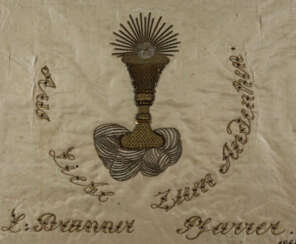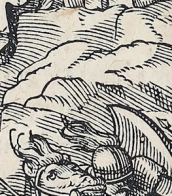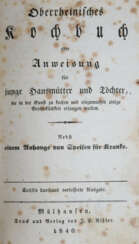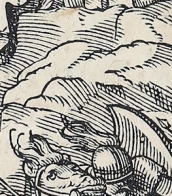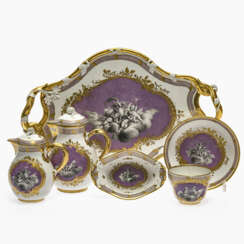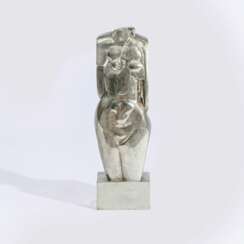6 Items by auctions and galleries:
wohl süddeutschland
Lot 557 Hans Martin Ruwoldt (Brunsbüttelkoog 1891 - Hamburg 1969). Weiblicher Torso.
Hans Martin Ruwoldt (1891 - 1969) 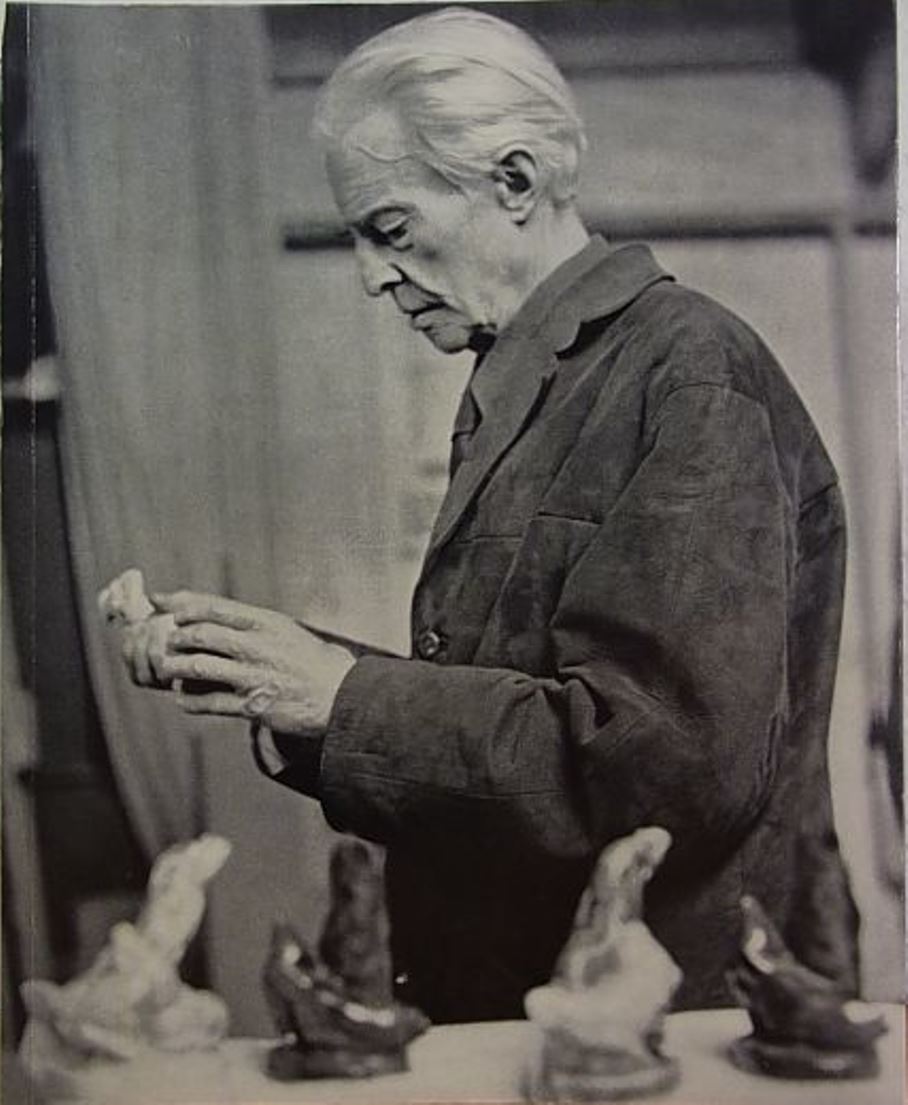 September 2025 Auktion: Kunst des 20. und 21. Jahrhunderts
September 2025 Auktion: Kunst des 20. und 21. Jahrhunderts 

Hans Martin Ruwoldt
15.02.1891 - 16.10.1969
Germany

Auktionshaus Stahl
September 2025 Auktion: Kunst des 20. und 21. Jahrhunderts
Date: 27.09.2025 11:00 UTC +02:00
Number of lots in the catalog: 311
